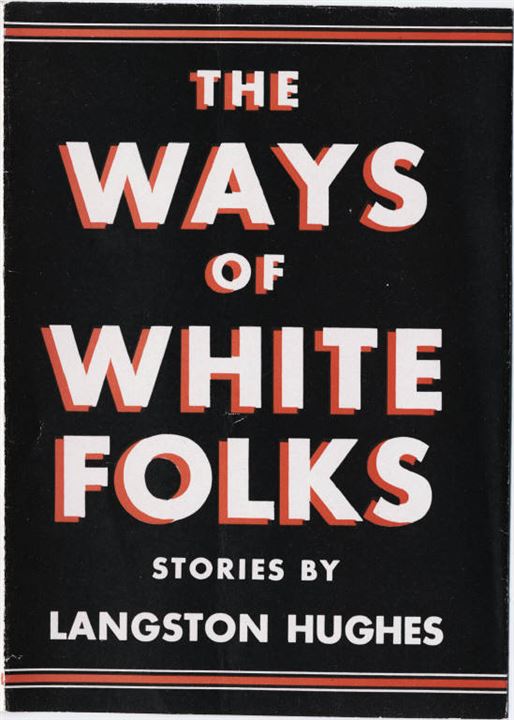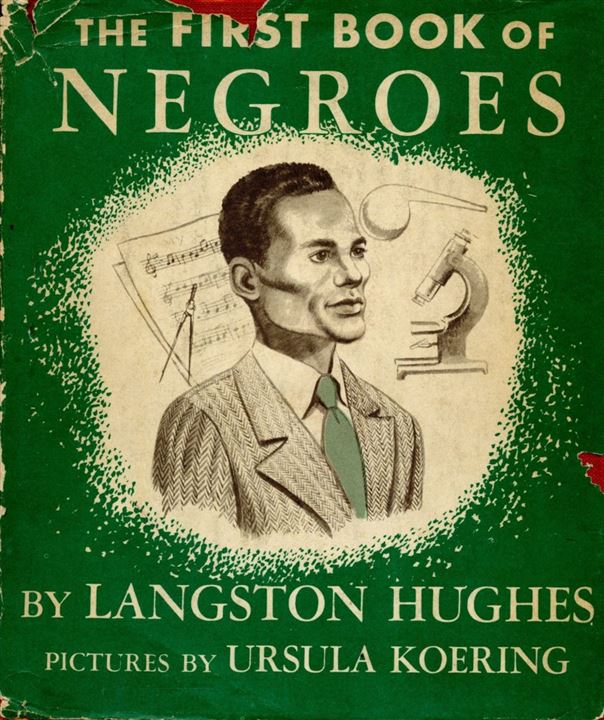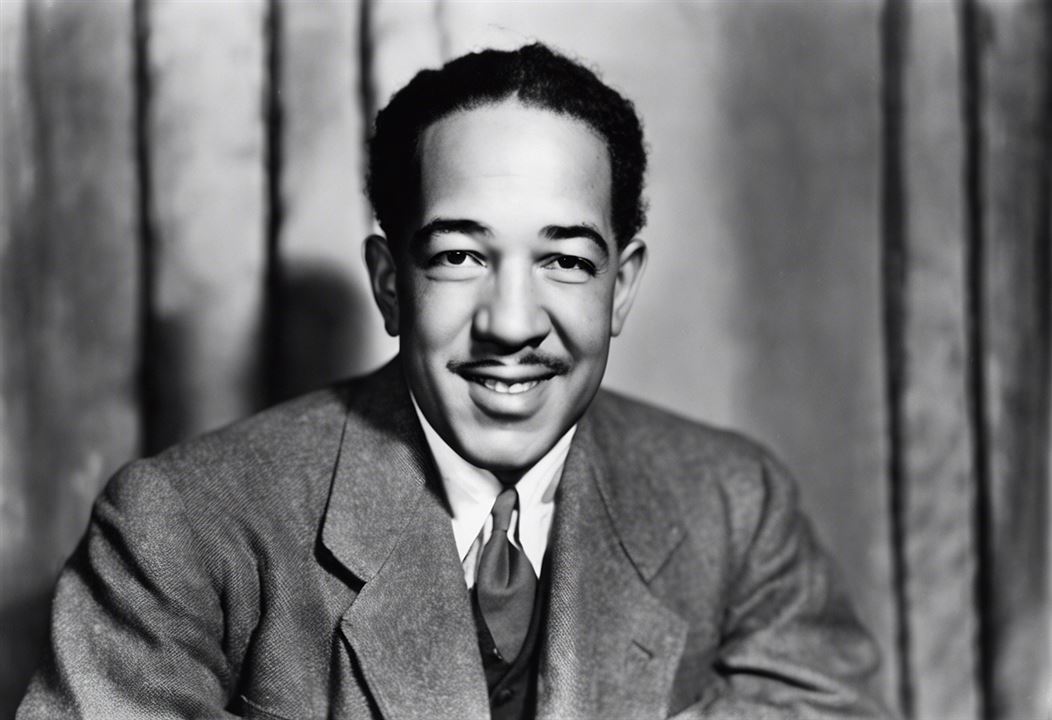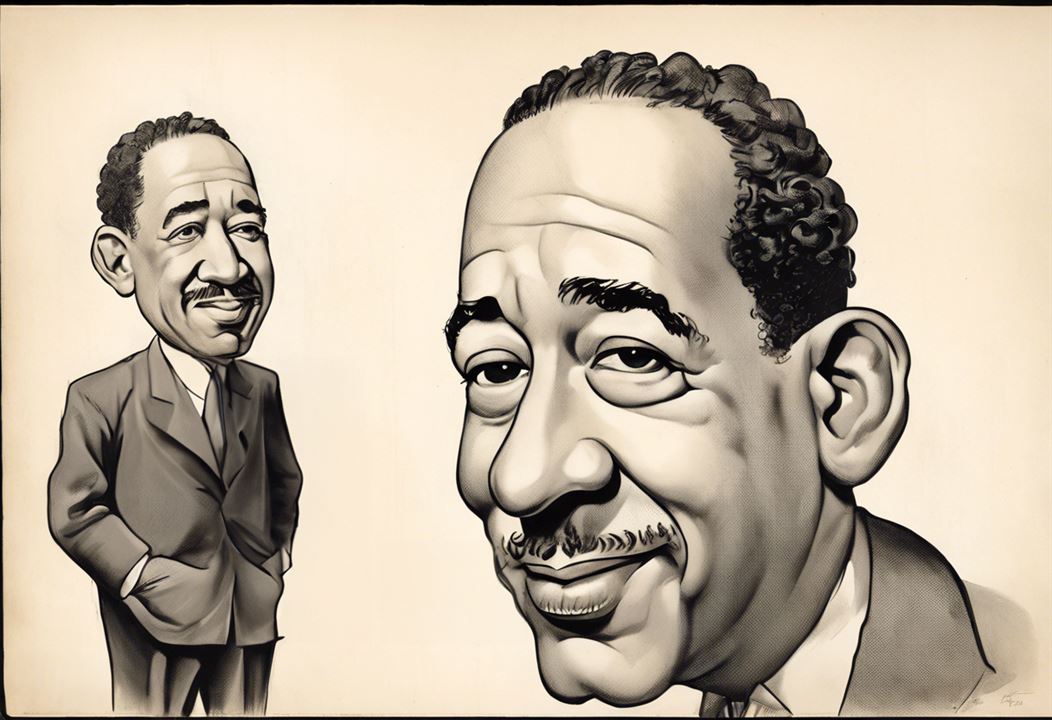Langston Hughes Biography and Video | Poet
James Mercer Langston Hughes was born in Joplin, Missouri on February 1, 1901. He preferred to be known as Langston Hughes and is noted as a creator of jazz poetry and a leader of the Harlem Renaissance, an African American cultural movement that occurred during the 1920s and 1930s. Hughes is also regarded as one of the most visible, well-connected, and widely published African American poets, novelists, and playwrights of his day. He was one of the few Black poets who was able to support himself solely on his writing career.

His Works
The poem, "The Negro Speaks of Rivers" is known as Hughes's signature piece and is also his first published work. It first appeared in 1921 in The Crisis, the official magazine of the NAACP. The Crisis also published his last poem, and more of his work appeared in the journal than in any other magazine. "The Negro Speaks of Rivers" is also included in Langston Hughes's first published book, The Weary Blues. Some of his most well-known poems include "As I Grew Older", "Let America Be America Again", "I, Too", and "Mother to Son".


Early Life and Education
Langston Hughes began writing his first short stories, dramas, and poems during high school. He also wrote for his high school's newspaper and edited the yearbook. After attending Columbia University for one year, he left college to travel and write. In 1925, Hughes worked as a personal assistant to Carter G. Woodson at the Association for the Study of African American Life and History. Subsequently, he worked at the Wardman Park Hotel, where he met the poet Vachel Lindsay, who became his mentor. After traveling to West Africa and Europe, Hughes enrolled at Lincoln University, a historically Black university in Pennsylvania, and earned his bachelor of arts degree in 1929.
The Theme of His Works
Langston Hughes frequently focused on African American life in his poems and other works, aiming to depict the challenges faced by Black people in lower and working-class communities. He openly criticized prejudice within the African American community and is known for writing "The Negro Artist and the Racial Mountain," considered the manifesto of Harlem Renaissance leaders, which was published in The Nation in 1926.
The Diversity of Langston Hughes

Apart from being a poet, Langston Hughes was also a playwright who founded theater troupes in Los Angeles and Chicago. In Chicago, Hughes began writing a popular column for the Chicago Defender, which ran for 20 years. As he gained public recognition, he started lecturing and teaching at a few colleges and universities. Hughes continued to create various types of literature, including poetry, operas, short stories, novels, and children's stories.
Legacy
Before his death on May 22, 1967, at the age of 65 from cancer, Langston Hughes received many prestigious awards and honors. These included earning a Guggenheim Fellowship in 1935, winning the Anisfield-Wolf Book Award in 1954, election to the National Institute of Arts and Letters, and receiving the Spingarn Medal in 1960. Hughes is widely remembered for his contributions to Black literature and culture in America. He is such a key figure in the history of the Harlem Renaissance that his ashes are interred beneath a decorated medallion in a foyer at the Schomburg Center for Research in Black Culture, located in Harlem. The medallion bears a line from "The Negro Speaks of Rivers": "My soul has grown deep like the rivers".

Langston Hughes:
Poems
|
Best Poems |
Short Poems
|
Quotes